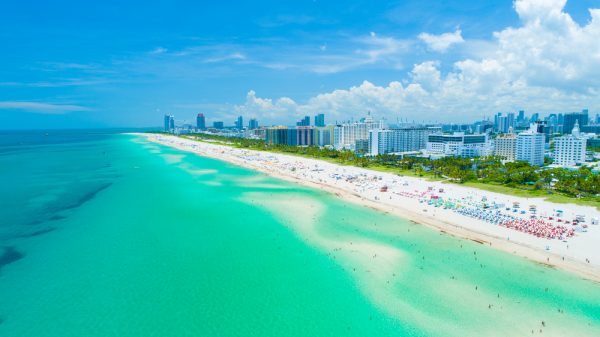Litigation and fraud highlight Florida’s insurance market collapse
Florida’s insurance market is nearing complete failure. This man-made calamity is putting financial strain on consumers as the average homeowner’s insurance policy is nearly three times the national average in 2022.
While hurricanes have undoubtedly caused some of the issues – three major ones have made landfall in the state in the last six years – the natural disasters in the state of Florida aren’t the major reason for the failure of the insurance market.
The real cause
According to the Florida governor’s office, the state is home to 79 percent of all homeowners insurance lawsuits over filed claims across the nation. Yet, the state’s insurers receive just 9 percent of the U.S.’s homeowners insurance claims.
The numerous lawsuits have no doubt made an impact on insurer operating costs. In the last 10 years, the Florida Office of Insurance Regulation (OIR) reported that $51 billion was paid out by the state’s insurers, with 71 percent of that sum going to attorneys’ fees and public adjusters. In the last two years (2020-21), net underwriting losses for Florida’s homeowners’ insurers totaled more than $1 billion per year.
Citizens Property Insurance Corp., the state-backed property insurer of last resort in the state, has seen its policy count climb rapidly. In a report published late last year, the company estimated that its policy count would reach 1.1-1.3 million by the end of 2022, up from just 420,000 three years ago. The company provides insurance coverage to homeowners who cannot secure a homeowners insurance policy from a private-sector insurer.
Third-party rating bureaus have even downgraded the financial ratings of some of the insurers operating in Florida, making homeowners insurance even more unaffordable and unavailable in the state.
According to figures from Triple-I, compiled using data and analysis from the National Association of Insurance Commissioners (NAIC), Florida’s OIR, and their own estimates of home replacement cost, the typical homeowners’ insurance policyholder paid $2,505 for coverage in 2020. Just one year later, the figure rose to $3,181, an over $600 annual increase.
In a special legislative session in May 2022, Florida lawmakers passed Senate Bill 2B, which Gov. Ron DeSantis subsequently signed into law. The measure is meant to ease homeowners’ premium increases and reduce excessive litigation.
What can you do?
All things considered, what can Florida property owners do? Experts have provided a couple of options to explore:
- Shop around for better rates from another carrier. Most likely you won’t find a significantly cheaper alternative to what you are currently paying but it might be wise to simply check and see.
- Look into adding additional surplus lines of insurance offered by non-Florida-based insurance companies. The problem with this is that they won’t be covered by any backup fund provided by the state of Florida if they happen to fail.
Insurance specialists also recommend if you are unable to find an alternative plan then it might be best to remain with your current carrier. Even if they drop you for some reason, you will most likely be placed with Citizens of Florida Insurance Company. They are the state-run insurance program used as a backup plan should another Florida company fail. Bear in mind, you’ll probably be paying more for your policy but at least your property will remain insured.
Finally, it is recommended that you check your current policy’s replacement cost coverage. With spiraling inflation on housing materials, you may have to adjust your limits higher in order to cover the uptick in costs. The last thing you would want after a disaster is to have to pay extraordinarily large out-of-pocket expenses in order to rebuild or repair your damaged home.


